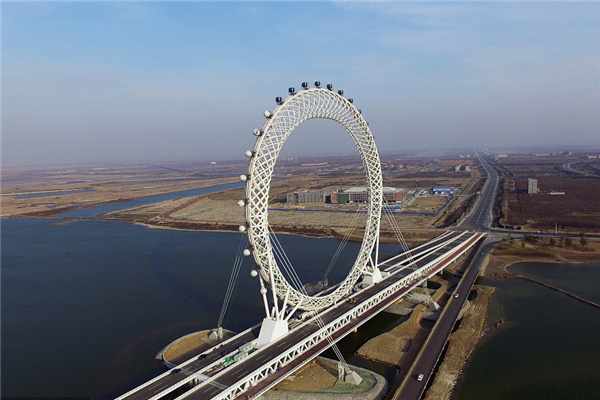

With 20 million new laborers entering the work force each year, China faces the pressing task of creating enough job opportunities in the midst of the current financial crisis.
One means of creating new jobs is to boost the largely private sector of small and medium-sized enterprises (SMEs). Businesses with more than 500 but less than 2,000 employees in the manufacturing industry, with less than 3,000 in the construction industry and with less than 500 employees in the retail industry are considered small and medium-sized in China.
SMEs contribute 60 percent of China's GDP and provide 75 percent of the job opportunities in urban areas. Some 60 percent of exports and 60 percent of taxes come from SMEs.
The biggest obstacle to the development of SMEs is the limited access to financing. Compared to their State counterparts, SMEs are less competitive in the market and are more likely to fail. That is why banks are unwilling to provide loans to SMEs.
The government should allow fair competition between State-owned enterprises and SMEs. This would make it easier for SMEs to obtain bank financing. The government should also reduce the tax burden on SMEs and stop random collection of fees.
SMEs should be encouraged to develop technological innovations to improve their competitive edge. As they face bigger risks, SMEs are more motivated to be innovative. In the US, there are laws to encourage business innovation and 82 percent of innovations come from small and medium sized businesses, according to statistics. China should learn from the US in this regard.
Lastly, government procurement should tilt in favor of smaller enterprises. In 2007, government procurement exceeded 400 billion yuan. Many local governments, however, favored big enterprises and sometimes foreign big enterprises at the expense of SMEs.
China News Service
(China Daily 04/20/2009 page2)













